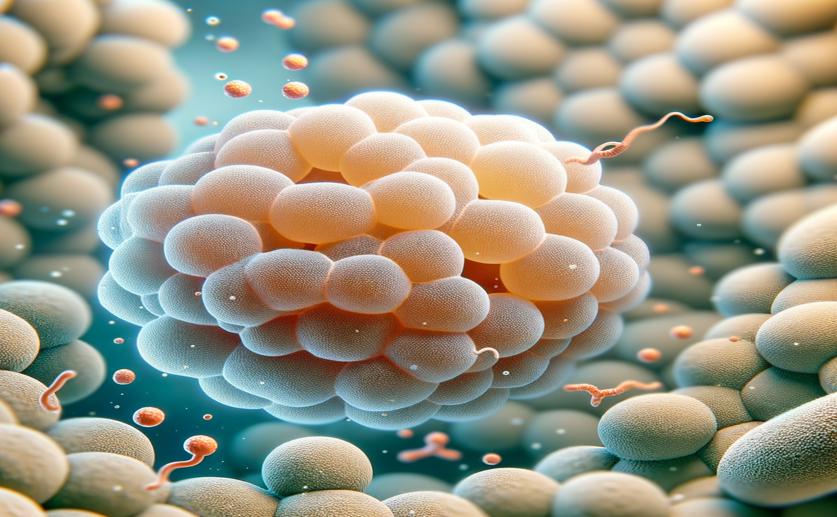
How Yeast Chooses to Breathe or Ferment Based on Fat Molecules
Greg Howard
8th May, 2024

Image Source: Natural Science News, 2024
Key Findings
- Princeton study finds yeast cells' lipid makeup changes with metabolism type, hinting at health markers
- Faster growth in yeast leads to less heavy hydrogen in lipids, especially when respiring glycerol
- Similar patterns in mouse liver cells suggest lipid composition could reveal cell health, aiding cancer research
References
Main Study
1) Large enrichments in fatty acid 2H/1H ratios distinguish respiration from aerobic fermentation in yeast Saccharomyces cerevisiae.
Published 14th May, 2024 (future Journal edition)
https://doi.org/10.1073/pnas.2310771121
Related Studies
2) Large D/H variations in bacterial lipids reflect central metabolic pathways.
3) 2H/1H variation in microbial lipids is controlled by NADPH metabolism.
4) Impact of metabolism and growth phase on the hydrogen isotopic composition of microbial fatty acids.
5) Fractionation of Hydrogen Isotopes by Sulfate- and Nitrate-Reducing Bacteria.



 3rd May, 2024 | Jenn Hoskins
3rd May, 2024 | Jenn Hoskins